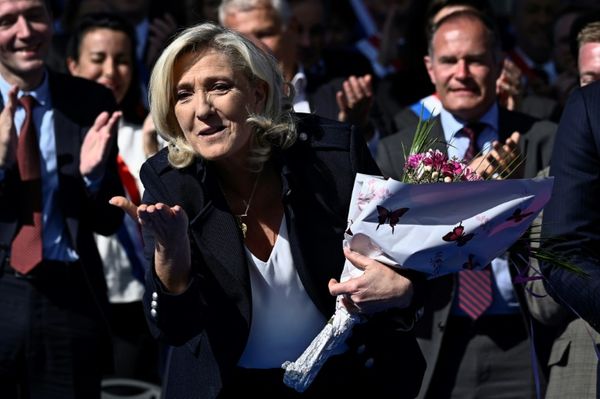As the Karnataka Assembly election campaign draws to a close, it is clear that caste narratives and calculations have overwhelmed the real issues confounding the people of the State for the most part.
While the Opposition Congress did talk of price rise, the economic burden people face, and corruption, the caste plank — the BJP allegedly sidelining Lingayats and its counter to that, or the KPCC president D.K. Shivakumar appealing for a chance for a Vokkaliga Chief Minister, and so on — has often overtaken the former set of narratives over the last two months.
Vinay Sreenivasa of Bahutva Karnataka, a coalition of progressive organisations, said that even the Opposition parties did not pick up on the sector-wise report cards on the performance of the government that they released to put the incumbent on the mat. “For instance, the education sector has been hit severely under the BJP government in more ways than one. Not one leader spoke about it,” he said. Farmer leader Badagalpura Nagendra had a similar complaint. “Farmers’ issues were never discussed during the campaign. The campaign was limited to mud-slinging and caste narratives,” he said.
CM’s caste identity
Importantly, the campaign was dominated by claims to the Chief Ministership based on caste identities. Janata Dal (Secular) leader H.D. Kumaraswamy set the cat among pigeons when he said that the Peshwa Brahmins of north Karnataka were sidelining Lingayats in the BJP, in the race to occupy the CM’s chair. This narrative gained further currency, as Jagadish Shettar quit the BJP to join the Congress, blaming B.L. Santosh, the BJP’s national general secretary for organisation. As the Congress attacked the BJP over its alleged sidelining of Lingayats — including B.S. Yediyurappa — the BJP hit back by reminding people of the alleged ill-treatment of former Lingayat Chief Ministers S. Nijalingappa and Veerendra Patil by the Congress, and challenged the Congress to declare that it would make a “Lingayat CM” if it came to power.
Karnataka has seen 23 Chief Ministers since 1947. Of them, nine were Lingayats, seven were Vokkaligas, two were Brahmins, and five were from Other Backward Class (OBC) communities. Karnataka has never seen a Dalit or a Muslim Chief Minister.
No political representatives
The Justice Bhaktavatsalam Committee, which looked into OBC reservation in local bodies, recently found that even among the 802 OBC communities, only 156 had achieved any political representation, while 644 communities had no political representatives even at the panchayat levels, let alone in the Assembly. The dominance of some communities in the corridors of power in Karnataka has drowned out the voices of smaller communities and those that are lower in the caste hierarchy.
Social activist Vivekananda H.K. said that the decision on who is to be Chief Minister appears to singularly revolve around caste calculations. “Why do we identify the Chief Minister with the community he was born into? Nobody who identifies themselves with their caste or community will be truly neutral to all the people of the State,” he said. Though this may seem like a “naive dream” in the present context, people should not lose sight of this spirit of democracy.
“The Vokkaligas and Lingayats seem to feel they, being the dominant land-owning communities of the State, have a legitimate claim to Chief Ministership,” said political scientist Muzaffar Assadi.
Internal divisions
The Ahinda (minorities, OBCs and Dalits) have failed to counter this dominance due to divisions among themselves, said another political observer A. Narayana. “The problem is that Ahinda is not united and there is no collective political consciousness or ambition from this block to political power. This can be achieved either through a strong leader or through political consciousness, which has not happened in the State yet,” he said. Even Siddaramaiah, seen as a tall OBC leader, worked to tweak public policy to benefit the voiceless communities, but did not organise them politically, he argued. “Given this situation, the political parties argue that giving a ticket to a person from the land-owning feudal community was a better strategy, perpetuating their dominance even further.”
“In all the elections, the narrative is built around dominant castes. No party listens to smaller communities. Given this situation, numerically small castes cannot even dream of seeing one among them in the top post in the next 100 years,” said Naganna G.K., president of the Kadugolla Asmithe Horata Samiti.
BJP’s experiment
This time around, there have been some attempts at shifting the traditional caste calculations in Karnataka by the BJP, using the Hindutva plank. “The ongoing Hindutva experiment in the State by BJP wants to tame the claims of Vokkaligas and Lingayats to power, even as it wants them to subsume their caste identity and vote based on Hindutva. However, in my opinion, Karnataka is not a State where this will work. We will see how this may pan out in this election,” Professor Assadi said.







